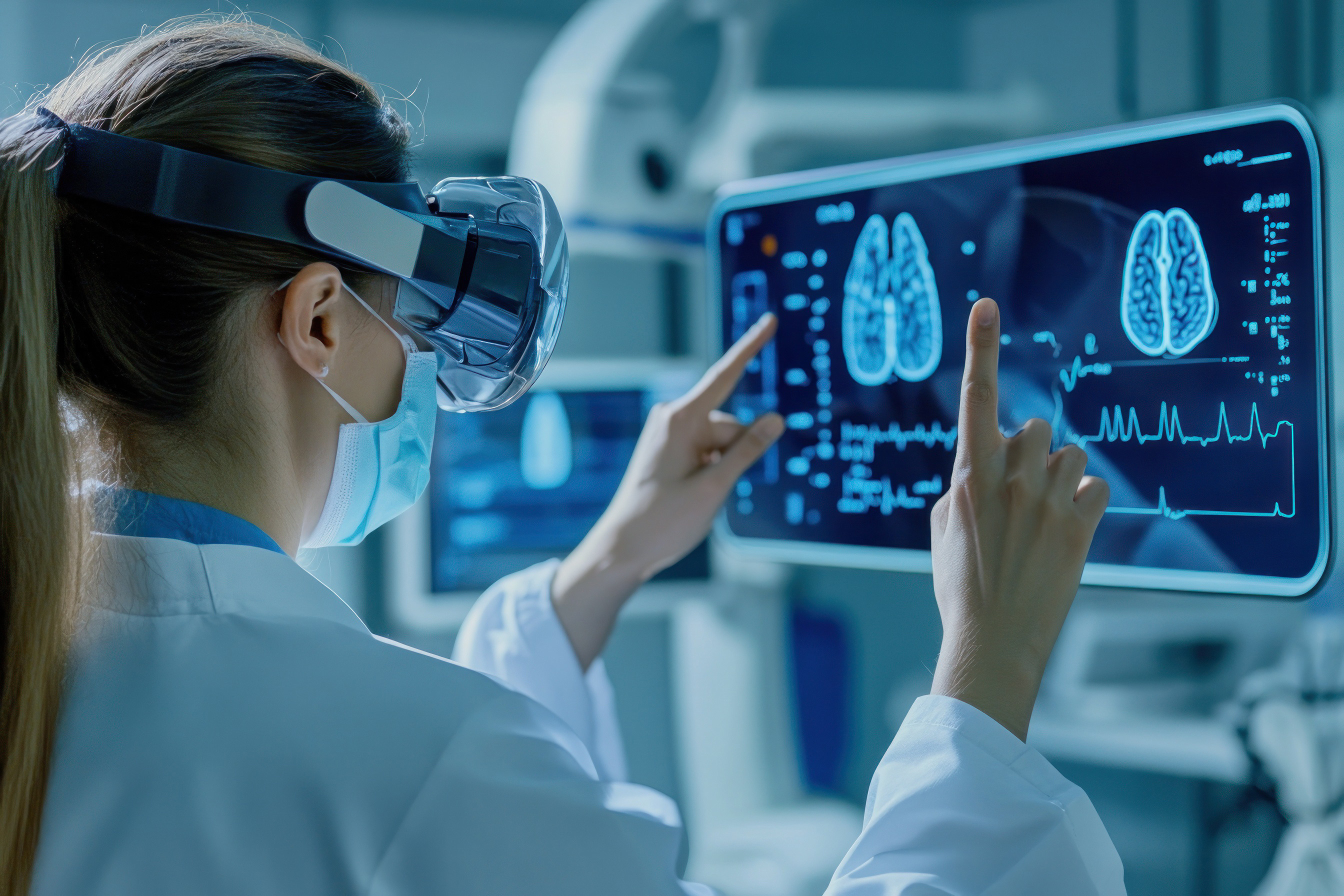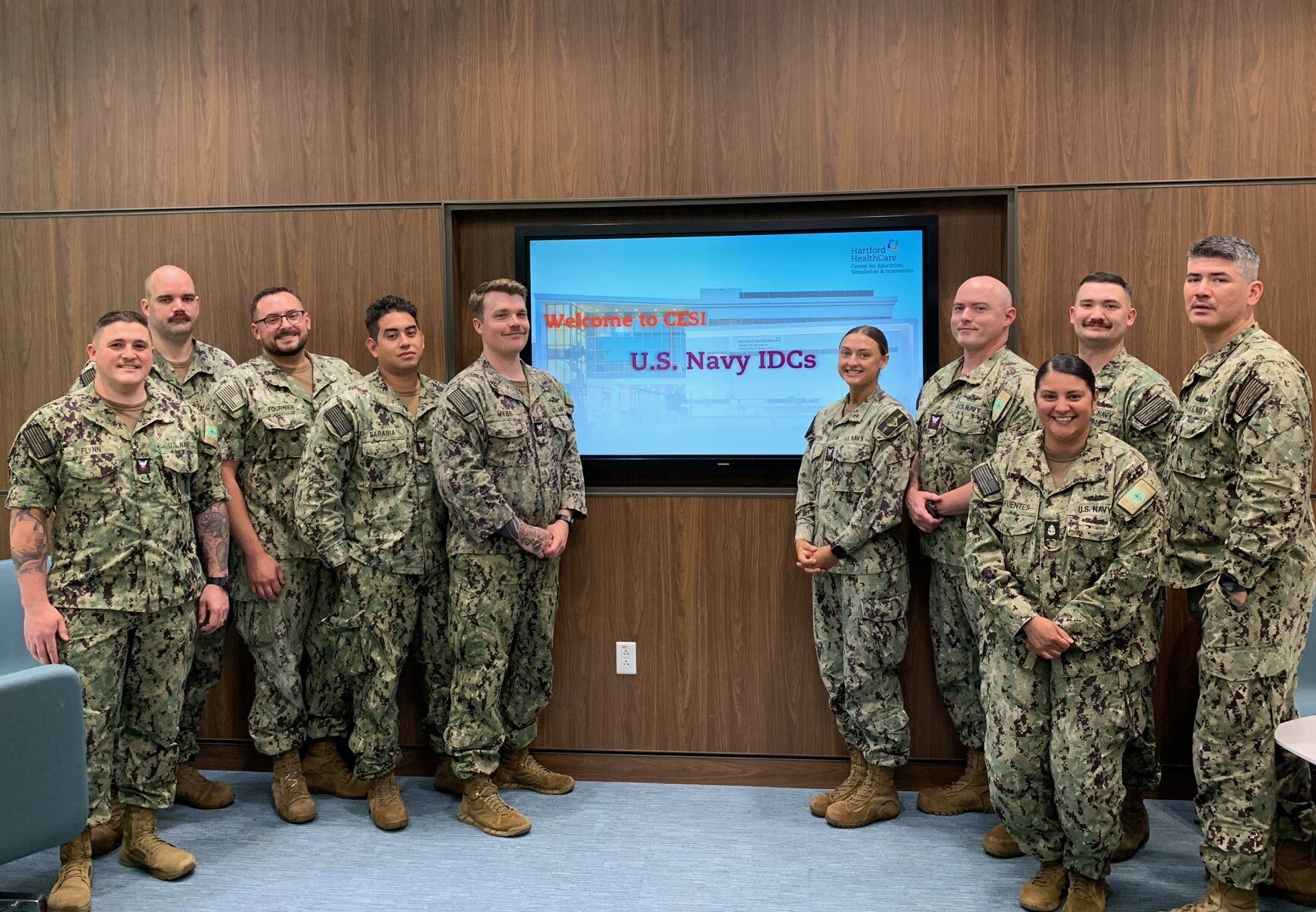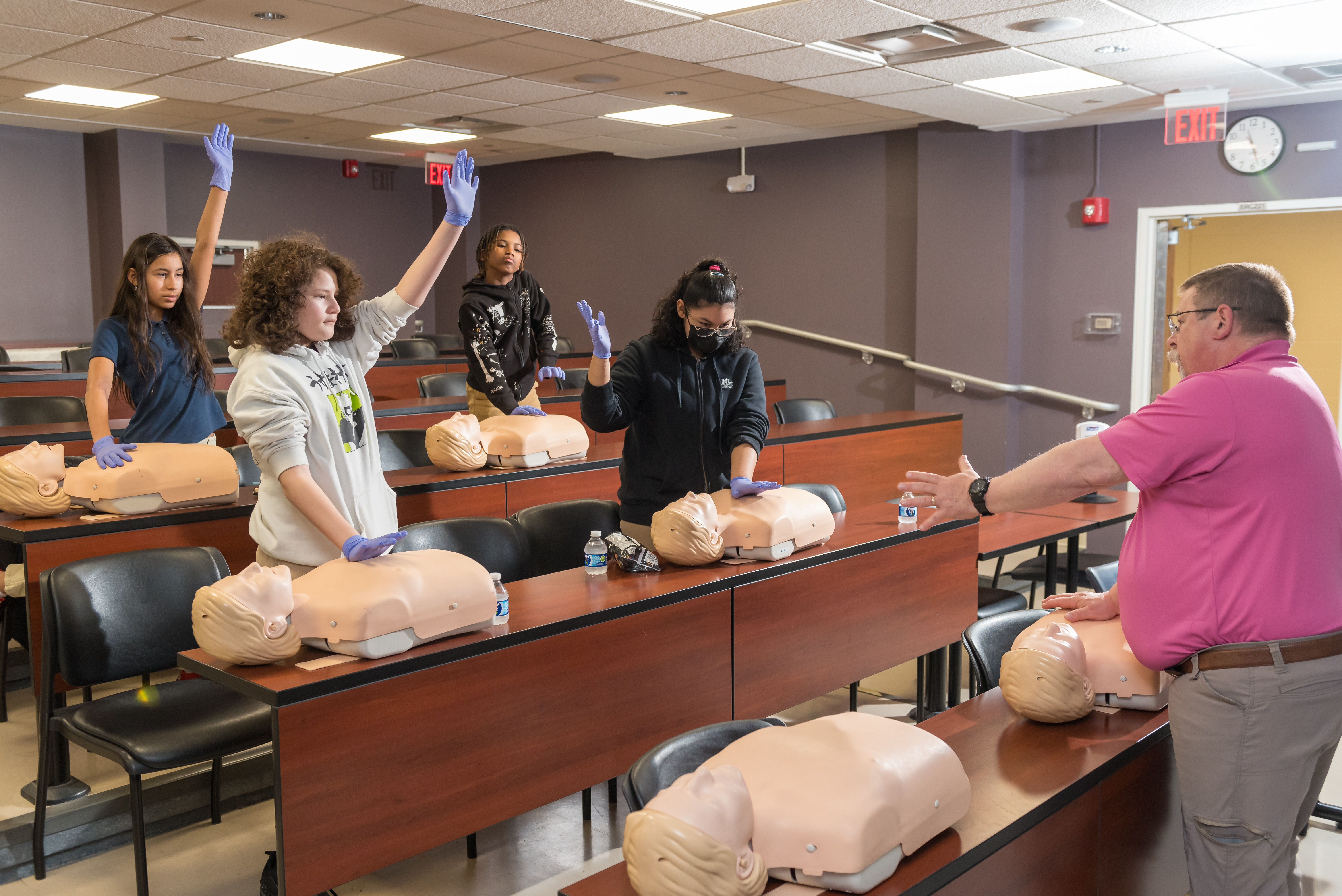Medical simulation plays a pivotal role in training healthcare professionals, offering them the opportunity to practice and refine their skills in a controlled environment. Traditionally, high-fidelity manikins have been used as a key component in these simulations, providing a lifelike, physical model for procedures and diagnostics. However, with the rapid advancements in technology, especially in virtual reality (VR), there’s an exciting new frontier emerging in medical training. By combining VR with traditional manikins, healthcare simulation can be taken to unprecedented levels of realism, interactivity, and depth. Let’s explore how this powerful combination can elevate medical education and enhance patient care.
What Are High-Fidelity Manikins?
High-fidelity manikins are state-of-the-art models designed to replicate human anatomy and physiology with remarkable precision. These manikins mimic the appearance, movement, and vital signs of a real patient. They can simulate a range of conditions, from cardiac arrest to trauma, and can respond dynamically to treatment interventions. Features such as pulse, respiratory sounds, and even responses to medications make these manikins invaluable in realistic scenario-based training.
What is Virtual Reality (VR) in Medical Training?
Virtual reality in medical training refers to the use of computer-generated environments that replicate real-world or clinical situations. VR allows medical professionals to engage in immersive simulations of surgeries, emergency care, patient interactions, and diagnostic procedures. Unlike physical manikins, VR offers endless flexibility. It can simulate various patient conditions, environments, and settings on demand, with the added advantage of offering training in situations that would be difficult, costly, or dangerous to replicate with physical models.
Additionally, VR enables learners to perform procedures on virtual patients in environments that adapt based on their actions, providing immediate feedback and the opportunity to correct mistakes in real-time. CESI was chosen to be a testing site to develop this new technology.
Why Combine VR with High-Fidelity Manikins?
The integration of VR with high-fidelity manikins is a game-changer in the medical training landscape. Here's why:
1. Enhanced Realism and Immersion
VR allows for dynamic environmental changes that can complement the manikin's physical features. This creates a holistic, fully immersive experience. For instance, a trauma surgeon could perform surgery on a manikin while interacting with a virtual patient’s medical records, or a paramedic could work in a VR environment simulating an accident scene, all while the manikin responds to treatment.
2. Dynamic, Scalable Training Scenarios
With VR, scenarios can be customized and scaled to a vast range of difficulty levels, from basic procedures to complex, high-stakes situations. Learners can practice routine tasks such as taking vitals on the manikin, and then move on to more advanced scenarios like managing a multi-patient trauma scene. VR offers the capability to create scenarios that are difficult or impossible to replicate in the real world, such as rare diseases or life-threatening emergencies. This combination enables healthcare professionals to adapt and build expertise across a broad spectrum of potential situations.
3. Increased Interactivity
Traditional manikins are programmed to simulate specific scenarios with pre-defined outcomes. While this is valuable for learning basic skills, combining it with VR opens the door for interactive, evolving simulations. Virtual systems can detect user inputs and adjust the scenario in real-time, increasing the complexity of the situation as needed. This interactive element helps learners think critically and make decisions under pressure, honing their problem-solving and clinical judgment skills.
4. Real-Time Feedback and Performance Tracking
One of the greatest advantages of VR in training is the ability to provide real-time feedback. VR simulations are often equipped with performance analytics that track everything from procedural steps to decision-making skills. When combined with a high-fidelity manikin, this feedback loop becomes even more powerful. For example, a medical student could be performing CPR on a manikin while receiving a VR overlay showing their compression depth, timing, and technique. This allows for immediate correction, improving retention and skill development.
5. Safe Learning Environment
The integration of VR with manikins also ensures that learners can engage in potentially risky or high-stress scenarios without fear of harming real patients. This safe environment allows for mistakes to be made, with the opportunity to learn from them. When combined with physical manikins, the VR experience becomes both low-risk and high-reward, giving learners the confidence to handle real-life situations without hesitation.
6. Collaborative Learning
In many healthcare situations, teams of professionals work together to provide the best patient care. VR simulations allow multiple learners to engage simultaneously in the same virtual environment. For example, doctors, nurses, and paramedics can practice teamwork and communication during a complex trauma case, with each participant interacting with the manikin and virtual patient. This teamwork component can be enhanced by the realism of the manikin's physiological responses, ensuring that each member understands their role in delivering patient care.
Conclusion: The Future of Medical Simulation
The combination of virtual reality and high-fidelity manikins holds immense potential to revolutionize medical training. By merging the tangible benefits of manikins with the adaptability and interactivity of VR, medical professionals can engage in training that is more realistic, comprehensive, and effective. This fusion enables learners to develop not only technical skills but also critical thinking, teamwork, and decision-making abilities—traits that are essential in the fast-paced, high-pressure world of healthcare.
As technology continues to evolve, it is likely that VR and manikins will become even more integrated. With this blend of innovation, we can expect a new era of medical training that prepares healthcare professionals to tackle challenges with the utmost confidence, skill, and expertise.




